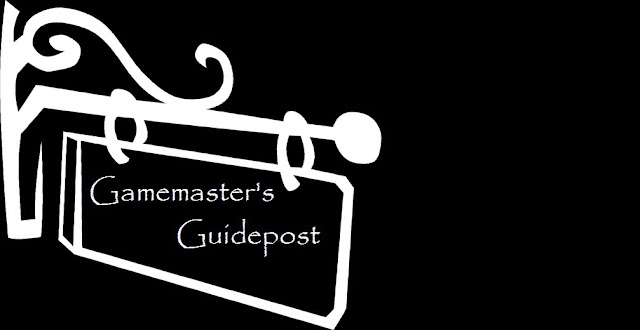So how do you design a “realistic” character? Well, let’s start off by defining what realistic means. Realistic characters are more than just a pile of stats or skills. They’re a living, breathing personas that a player can easily don for the gaming session. Getting there can be tricky because each player is going to have his own bag of tricks for “getting into character.” A few common things I’ve used or see used are…
…writing a comprehensive, but compact backstory (anything more than 1,200 words is too much).
…defining a character’s physical traits (hair, eyes, scars/tattoos, and so on).
…defining a character’s personality. How he acts when under pressure, what he likes or dislikes, how he treats others, etc.
…choosing each purchased advantage, disadvantage, and skill with care. My players call this “trimming the fat.” If you can’t see your character plausibly having the trait giving his backstory then you should really remove it.
…talking with your fellow players and have them help you flesh out your character.
…get a character portrait if possible to help your fellow players more easily visualize what your character looks like.
…give the character a motivation of some sort. Maybe his parents died and he’s looking for the killer or maybe he is a killer and he’s on the run. You could use more than one such driving force beyond your character, but too many will make the character unplayable.
GM/Player Interaction
In my experience, the GM should be 100% involved in a player character creation. I’ve heard this called “gamemaster micromanaging” in the past and really…that’s horseshit. A badly made player character can ruin a campaign faster than any railroading GM or a quantum ogre. I’ve (unfortunately) had a lot of experience with this, in particular one of my players enjoys playing characters who are inappropriate to the the campaign. For example, he’d want to play a pirate in a ninja campaign or a ninja in a high seas adventure. Now, he doesn’t do this much anymore, but he used to be rather notorious for it. So much so that I eventually decided I’d have a firm hand in all steps of character creation. That was about five years ago and so far it’s worked quite well. This doesn’t mean that the GM should literally breath down the player’s neck while he makes his character, but he should be involved from concept to finished product. I personally like to do the following:
- Talk with the player about what sort of character they want to play and make sure they understand what isn’t “available” for play.
- Rough out the character design with the player and then have them create their character.
- Go over the character and make sure there are no surprises and remove any unnecessary or contradictory traits.
- The player finalizes his design and you either sign off on it or go back to the previous step.
Picking Over the Bones
When you get down to it designing a realistic character is all about understanding the campaign the character is supposed to interact with. A badly constructed campaign can lead to a even worse constructed character. THis is why the dialogue between GMs and players are so important, without it I can almost guarantee your campaign is going to fall apart within a few sessions unless it’s a adversarial one.

